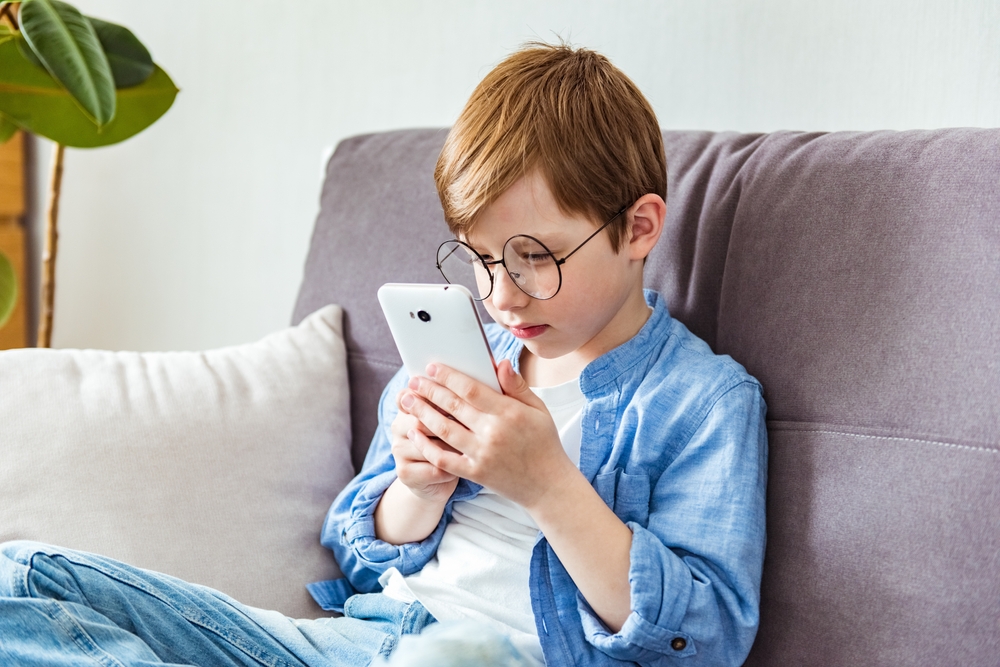
Myopia in children is a prevalent eye disorder, where the eye does not bend or refract light correctly, resulting in a blurred vision of distant objects while close objects remain clear. This condition is not a disease but a refractive error, which means that the eye cannot focus light accurately onto the retina.
What are the Causes of Myopia in Children?
When it comes to myopia in children, several factors come into play. The most common cause is genetic. If one or both parents have myopia, the child is at a higher risk of developing it too. This genetic link suggests that myopia can be passed from parents to children through genes.
Another significant cause of myopia in children is the excessive use of eyes for near work, such as reading, writing, and using electronic devices. Children who spend a lot of time doing these tasks often strain their eyes, leading to the elongation of the eyeball and, eventually, myopia. This is especially true in today's digital age, where children are often glued to screens for hours on end.
Environmental factors also play a role in the development of myopia. Children who spend most of their time indoors and do not get enough exposure to natural light seem to have a higher risk of becoming myopic. This is because outdoor activities encourage the eyes to focus at different distances and, therefore, may help to prevent the onset of myopia.
Symptoms of Myopia
Identifying myopia in children early is crucial for successful treatment and prevention of further vision deterioration. It's important to note that children often do not complain about their vision since they don't understand what normal vision should look like.
One of the most common symptoms of myopia is difficulty seeing distant objects clearly. A child might have trouble reading the board at school, recognizing people from a distance, or seeing objects far away. This difficulty might lead to squinting, which is another common symptom of myopia.
Children with myopia may also blink excessively, rub their eyes often, or complain of headaches. They may seem uninterested in outdoor activities and prefer close-up tasks such as reading or drawing. Frequent complaints of eye fatigue or tiredness after doing a close-up task can also be a sign of myopia.
The Importance of Regular Eye Exams
Regular eye exams for children are crucial to detect vision problems like myopia early. Early detection leads to early intervention, which can slow down or even halt the progression of myopia.
An eye exam can identify not only myopia but also other vision problems and eye diseases. The eye doctor will check the overall health of the eyes, the quality of vision, and the ability of the eyes to work together.
Not only can regular eye exams detect problems early, but they can also ensure that children are seeing their best. That means they can read and learn to the best of their ability. Regular eye checkups ensure that their eyesight is not hindering their academic performance or daily life activities.
How to Prevent Myopia in Children
Preventing myopia in children is a multifaceted approach. It involves a combination of lifestyle changes, regular eye exams, and possibly the use of certain optical devices.
Encouraging children to spend more time outdoors is one of the simplest and most effective ways to prevent myopia. Exposure to natural light and the opportunity to focus at different distances can delay the onset of myopia.
Limiting screen time is another essential strategy. Excessive use of electronic devices can strain the eyes and lead to myopia. It's crucial to make sure children take regular breaks from screens and engage in other activities.
Treatment Options for Children with Myopia
Once myopia has developed, it cannot be reversed. However, various treatment options can slow down its progression.
Glasses or contact lenses are the most common treatments for myopia in children. They correct the refractive error and help the child see clearly. The prescription for these might need to be updated regularly as the child's eyes grow and the myopia progresses.
Another treatment option is orthokeratology, or ortho-k. This involves wearing specially designed contact lenses overnight to reshape the cornea temporarily. This change can help to correct myopia temporarily.
Certain eye drops, such as atropine, may also be used to slow the progression of myopia. However, these should only be used under the direction of an eye care professional.
Ensure Clear and Healthy Vision for Your Child’s Future Today
Myopia in children is a significant issue that requires attention. Understanding its causes and symptoms can lead to early detection and treatment, which are crucial to prevent further vision deterioration. Regular eye exams for children and lifestyle changes, such as spending more time outdoors and limiting screen time, can go a long way in preventing myopia.
To learn more on the causes, symptoms, and prevention of myopia in children, visit EyeXcel at our Knoxville, Tennessee, offices. We strive to provide proactive eye care for the entire family. Please call (865) 687-1232 or (865) 243-8260 to schedule an appointment today.










